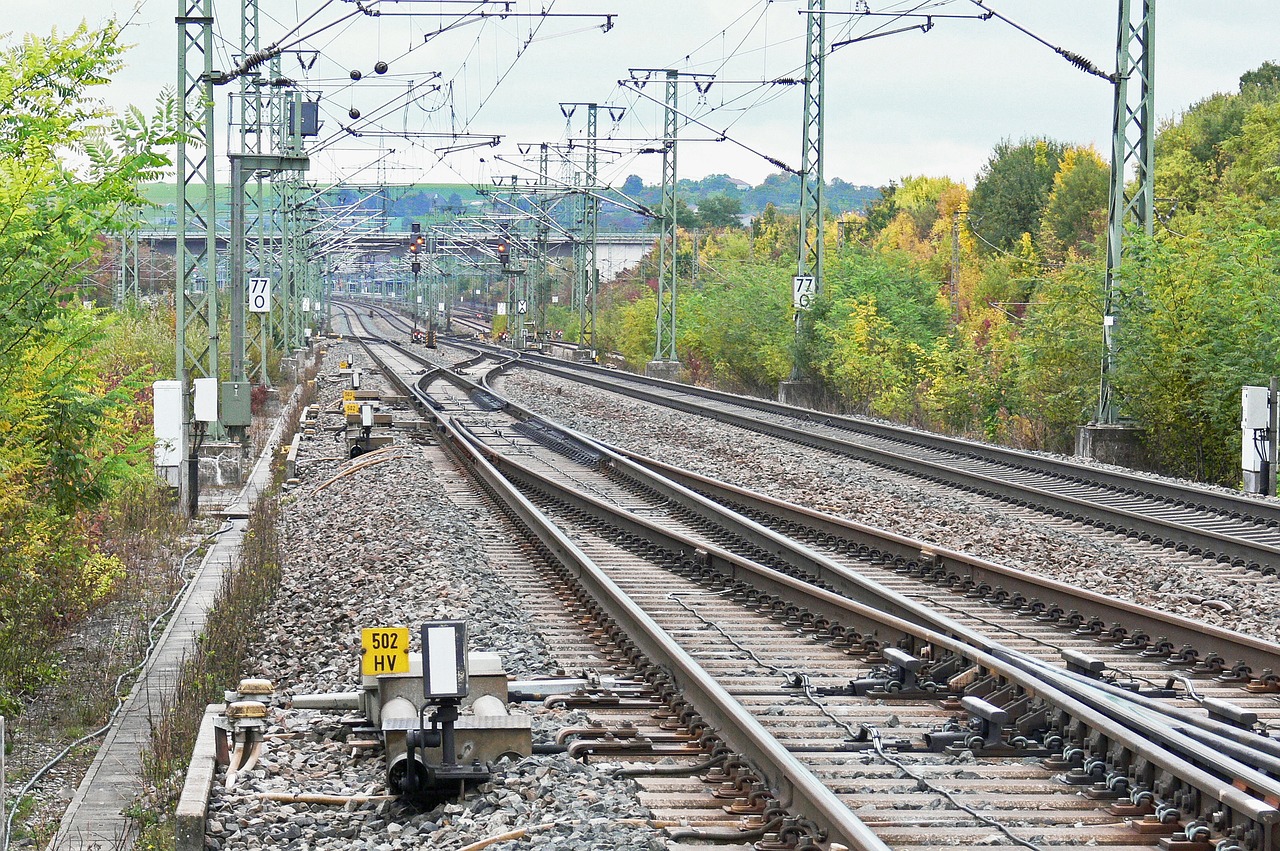Africa
Marrakech-Agadir High-Speed Line: ONCF Launches the APS Studies
For ONCF, this line must be designed so that its performance and safety level are globally at least equivalent to those offered by the Tangier-Kenitra high-speed line commissioned in 2018. On this last point, the operation of the current high-speed line has demonstrated, according to ONCF, that the tracking technology used so far was well suited to high speed.

The National Railways Office (ONCF) has just launched, through its purchasing department, this preliminary service at $32.6 million (120 MDH). The overall deadline for completion of studies has been set at 16 months.
Announced during the royal speech of the Green March, on November 6th, 2019, the high-speed line (LGV) that will connect Marrakech to Agadir is at the stage of launching the preliminary design studies (APS). The National Railways Office (ONCF), which is the project owner, has just launched, through its procurement department, this preliminary service to the tune of $32.6 million (120 MDH).
Read more on the subject and find other economic news from around the world with the born2Invest mobile app.
Overall, the high-speed line program in the form of a rail facility plan (RFP) to be developed includes several components
This estimated cost concerns the realization of the APS studies, on the one hand, of the infrastructure, civil engineering, and railway equipment, and, on the other hand, of the railway operation with its terminal facilities and its operating system necessary for the railroad line between Marrakech and Agadir.
Referring to the tender in question, the overall timeframe for the execution of the studies has been set at 16 months. In other words, the APS studies will be delivered from September 2024, knowing that the contract will be awarded on May 10, 2023, according to the date already set by ONCF for the opening of bids.
According to the special technical specifications (CCTP), the high-speed line must be interoperable within the meaning of the technical specifications of interoperability (TSI) of high speed. This high-speed line will be designed for mixed traffic, both for passengers with a speed of 320 km/h and freight at 100 km/h, when it is commissioned.
Overall, the high-speed line program in the form of a rail facility plan (RFP) to be developed includes several components, including the high-speed line itself, its connections to the existing line, in addition to the remote control station (RCP). In addition to this, there are the facilities of the connections, the existing and future stations as well as the substation (CSS) and the work bases to be created, and the maintenance workshop.
For ONCF, this line must be designed so that its performance and safety level are globally at least equivalent to those offered by the Tangier-Kenitra high-speed line commissioned in 2018
On this last point, the operation of the current high-speed line has demonstrated, according to ONCF, that the tracking technology used so far was well suited to high speed.
In this sense, continuity is planned in this area by meeting the requirements of the European Technical Specifications for Interoperability (TSI). In all, the details of the various services are contained in ten fascicles, starting with the generalities, the review and analysis of the feasibility studies, the APS studies of the general infrastructure and the planned works, and the establishment of the precision polygon.
It is also the APS of the operating system and preliminary studies and the APS of the tunnels and terminal facilities, stations, including that of the second airport of the city of Marrakech planned in Sidi Zouine, in addition to the various junctions and nodes. In addition, the civil engineering safety file and the design of the maintenance workshop.
__
(Featured image by hpgruesen via Pixabay)
DISCLAIMER: This article was written by a third party contributor and does not reflect the opinion of Born2Invest, its management, staff or its associates. Please review our disclaimer for more information.
This article may include forward-looking statements. These forward-looking statements generally are identified by the words “believe,” “project,” “estimate,” “become,” “plan,” “will,” and similar expressions. These forward-looking statements involve known and unknown risks as well as uncertainties, including those discussed in the following cautionary statements and elsewhere in this article and on this site. Although the Company may believe that its expectations are based on reasonable assumptions, the actual results that the Company may achieve may differ materially from any forward-looking statements, which reflect the opinions of the management of the Company only as of the date hereof. Additionally, please make sure to read these important disclosures.
First published in LES ECO.ma, a third-party contributor translated and adapted the article from the original. In case of discrepancy, the original will prevail.
Although we made reasonable efforts to provide accurate translations, some parts may be incorrect. Born2Invest assumes no responsibility for errors, omissions or ambiguities in the translations provided on this website. Any person or entity relying on translated content does so at their own risk. Born2Invest is not responsible for losses caused by such reliance on the accuracy or reliability of translated information. If you wish to report an error or inaccuracy in the translation, we encourage you to contact us.

-

 Fintech5 days ago
Fintech5 days agoPakistan’s Digital Finance Paradox: Growth, Fraud, and the Fight for Trust
-

 Cannabis2 weeks ago
Cannabis2 weeks agoMedical Cannabis in Poland 2025: Growth, Stability, and Wider Access
-

 Impact Investing3 days ago
Impact Investing3 days agoBeyond the ESG Label: Integrating Sustainability for Long-Term Value
-

 Crypto2 weeks ago
Crypto2 weeks agoBitMine Surpasses 4 Million ETH Holdings Amid Market Volatility











